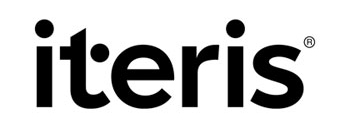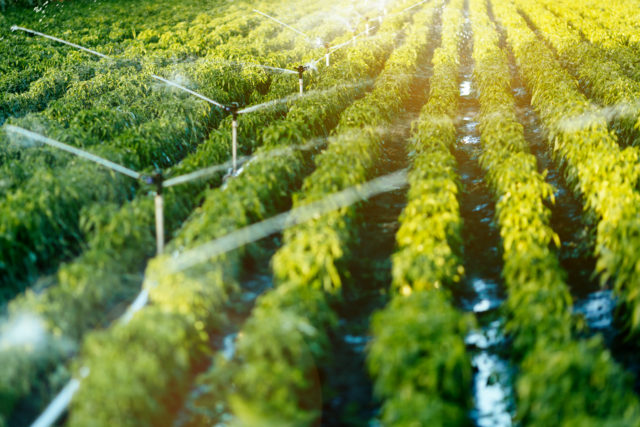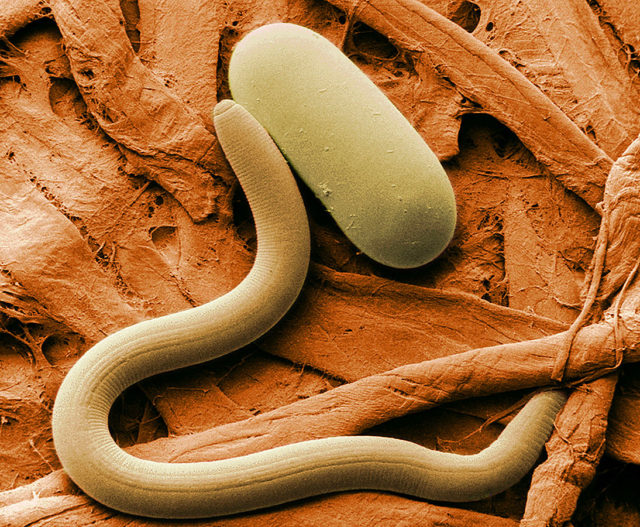

To celebrate National Agriculture Week, we spoke with ForecastWatch client Brent Shaw, who serves as vice president of software engineering and content for Iteris – the global leader in applied informatics for transportation and agriculture, specializing in utilizing big data analytics to solve a variety of complex and wide-ranging issues.
Brent describes himself as a lifelong “weather weenie”, who owned his own weather kit as a kid and whose life path was likely solidified as a third grader when a tornado destroyed his Kansas City elementary school – while he was in it. His love of weather has carried him through U.S. Navy Reserve Officers’ Training Corps, then the U.S. Air Force as a weather officer and finally into the private sector. Through it all, Brent combined his love of weather with his interest in computers and programming to transform raw data through automated forecast techniques and algorithms to make model data more useful. By turning data into a visual product or algorithm, Brent’s team at Iteris offers clients in the agriculture industry more pragmatic solutions to crop and transportation challenges versus just pure research or operations.
We spoke with him recently about how he and his team are using weather data to provide new and innovative solutions for farmers around the world.
Tell us about the kind of problems you’re trying to solve these days in the agriculture space?
We’re not trying to be a weather forecast provider for everybody who needs weather forecasts or historical data – although we do provide that type of information to some of our clients. We’re really focused on determining the atmosphere’s impact on the ground and, more specifically within that space, how a field or crop is responding and/or the necessary treatments needed for the crop.

Weather is the number one impact on crop production. And whether you’re a traditional farmer or a large crop science company developing genetically modified feeds or crop protection products, you need to understand how your products perform, how the weather impacts the performance and how the crop responds to it. So we specialize in taking the environmental and weather data – actually getting beyond what the forecast high/low temperature and winds are going to be to over the season – to determine what stage the crop will be on a particular date and, for example if you applied nitrogen, how did the rainfall leaching into the soil for your particular soil type and crop affect the nitrogen uptake into that crop, and the need for more or less on it? Do you need to reapply?
Instead of telling clients what the chance of rain is, we want to be able to tell them things like “irrigate two days from now this amount to keep the root zone moisture content at an optimal level for the crop’s particular type and stage”.
What makes us unique is that we’re kind of a two-way interaction. Most weather companies are providing weather content one way. In our case, we can do that (and we have customers who get that sort of information), but we provide much higher value information by having our clients register through our application programming interfaces (APIs) and tell us what crop variety has been planted, on what date, and what activities they’re doing on it.
We will take that information along with the weather data and our unique soil data modeling capability, and provide answers that include things like the grain moisture content and whether it would be cheaper to let the crop dry out in the field or harvest it and bring it into a drying facility. So we’re really trying to get to the actual decisions that are driven by weather as opposed to the weather itself.
If a client comes to you, do you give them things to consider that perhaps they didn’t know to consider originally?

Yes, I definitely think so. In agriculture particularly, there’s a long history and tradition of how things are done. And those things aren’t bad ways, but what happens is a crop science team may have an experienced agronomist – let’s take an irrigation company for example – and for years they have said, “if I just have some temperature data and a forecast, I can use these equations to estimate how dry or moist the field is with a lot of assumptions”. Meteorology has advanced a lot further than that.
We have ways to more explicitly model that data and account for things that they used to use assumptions for and we can even run a soil model. So getting past the traditional way of doing things is one of our biggest hurdles. We want customers to know we can actually model this so they can use their brain power for something that hasn’t yet been modeled.
So we’ve been having a lot of discussions with our customers regarding the actual problem they’re trying to solve. For example, “you’ve told me you need temperature data, but what are you really doing?” We have agronomists and meteorologists on staff, and can work with our customers and come up with exactly what they need. Instead of just providing temperature data, we will provide the root zone moisture level for a specific crop on a particular day. And of course we can still help those who want the weather data, because that’s a core capability that we’ve built everything else on top of.
What’s one of the more unusual applications you’ve used meteorological data for at Iteris?

Nematodes are little microscopic round worms that are prevalent throughout all parts of the Earth, on our bodies and on the ground. Some are helpful, but a lot are damaging to crops and agriculture. Being able to model whether the conditions are right for nematodes to live and how long they will live or when they will die. Using weather data and soil modeling to determine life and death cycles of microscopic worms so a company knows whether or not their customers need to apply nematicide to help increase the value of their crop was pretty unusual.
